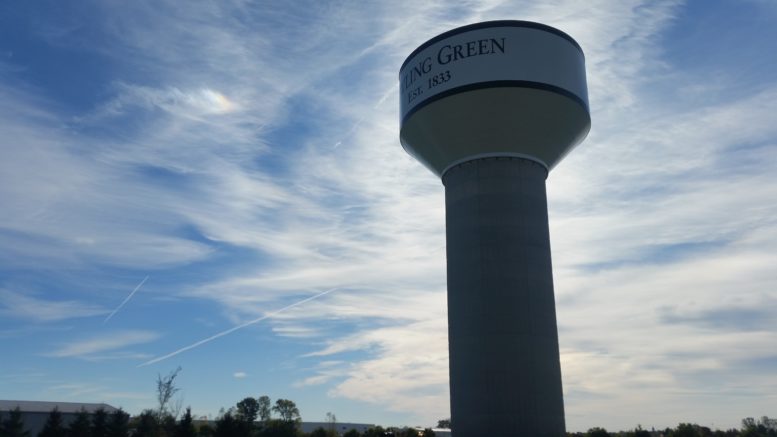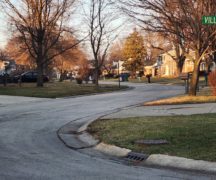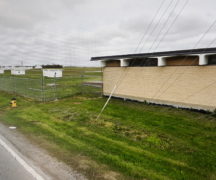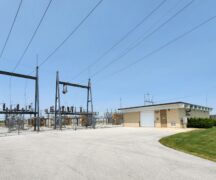By JAN LARSON McLAUGHLIN
BG Independent News
Bowling Green officials are looking for a more efficient way to make sure the city’s public water system is not contaminated by customers’ plumbing systems.
The city’s water distribution division is required by the Ohio EPA to administer a backflow prevention program. That entails requiring certain water customers to install backflow prevention devices on their water systems.
“So water only flows one direction,” and does not contaminate the public water system, Utilities Director Brian O’Connell explained Monday evening to the Board of Public Utilities.
The devices are typically installed at commercial and industrial customers based on the potential risk of hazard. The devices are located immediately after the water meter and are owned by the customers. There are currently 1,465 backflow prevention devices installed on customer properties using Bowling Green water.
“Residential customers are not considered a hazard for backflow,” so they aren’t required to have backflow testing devices, O’Connell said.
Currently, to administer the backflow program, the city sends and tracks multiple letters to each customer reminding them of the annual backflow testing requirement.
“It’s time consuming getting customers to test annually,” O’Connell explained.
To test the backflow device, the customer must hire a qualified backflow testing contractor or plumber. The plumber then sends the test results to the city, which then has to input the data in city records. If the backflow test fails, the customer has to repair or replace the backflow device and test again.
Until now, the city has struggled to find an efficient way to track the backflow data.
Several years ago, the city used a software database to help with this process but found it to be cumbersome to use. The staff developed a more user-friendly database to track the information needed, but it also has limitations and requires hours of manual data entry.
The biggest issue with the backflow program is the amount of time for staff to mail multiple letters, track and document the status, and manually input the testing data, O’Connell said.
Staff looked for alternatives and found a company called Backflow Solutions Inc., which offers a backflow program administration service that could free up city staff time to focus on other priorities.
BSI currently provides backflow administration services for more than 550 water systems, with over 40 in Ohio, including Toledo, Cleveland, Fremont and Napoleon, O’Connell said.
BSI offers different levels of service and staff is recommending the option which provides up to four notification letters mailed to the customer as well as an online backflow test portal for the testing plumbers to upload the test results to the BSI database.
The annual fee for this service is $1,995 plus a $500 one-time fee for data migration. According to O’Connell, the utilities division has enough in its budget to start using BSI in 2022.
There is also a $18.95 charge per backflow test submitted to BSI. BSI indicated that the $18.95 per test is typically paid by the backflow testing plumbers, who will likely add this charge to the customer for their services to test backflow devices.
“This is not an exorbitant charge to pass on to customers,” O’Connell said.
The utilities staff believes the overall BSI expense to the city will be about the same or slightly less compared to the cost to print and mail three or four letters to customers each year. The largest benefit to the city will be the time savings for staff to focus on other priorities.
The board supported the concept, but wanted to postpone voting on the matter until getting information about the city’s access to backup data from BSI.





